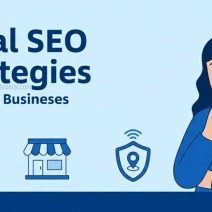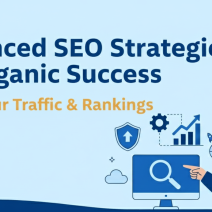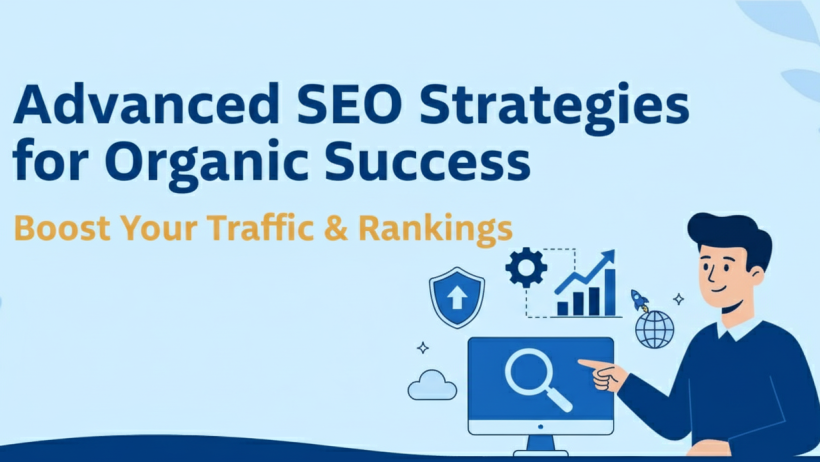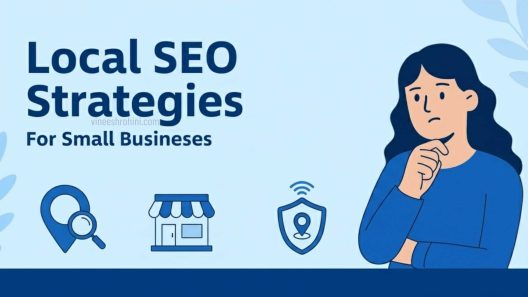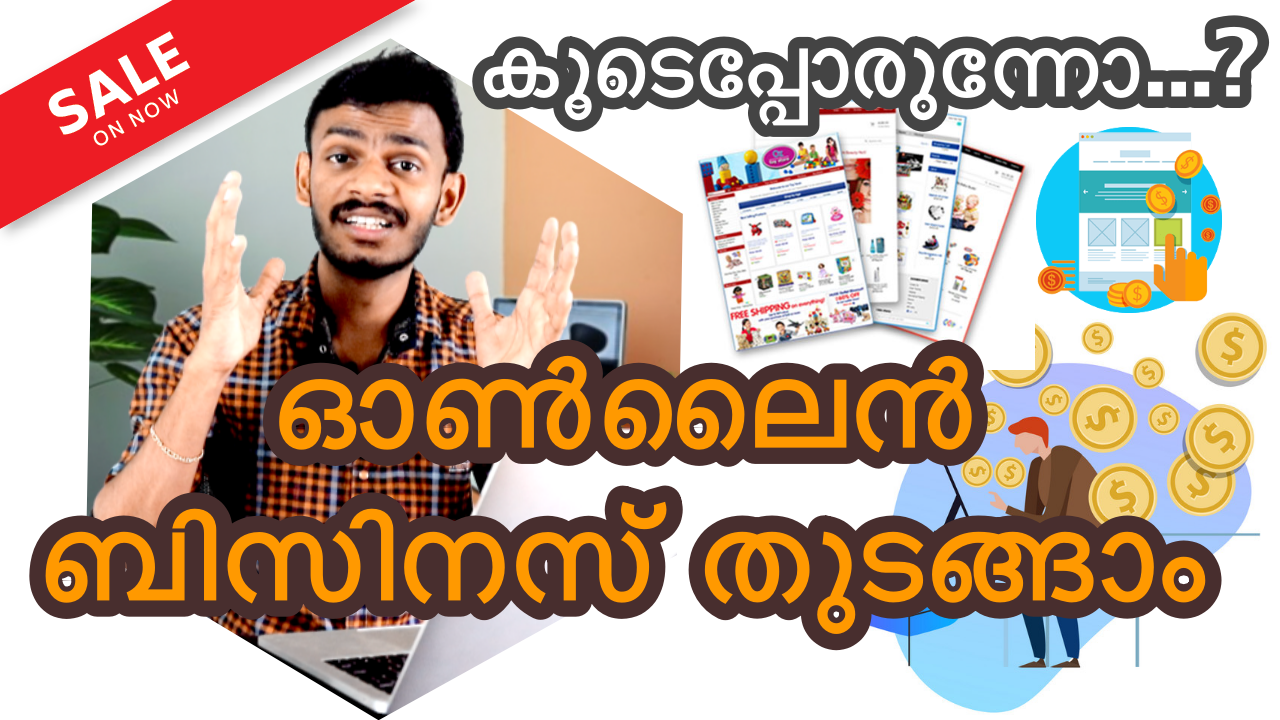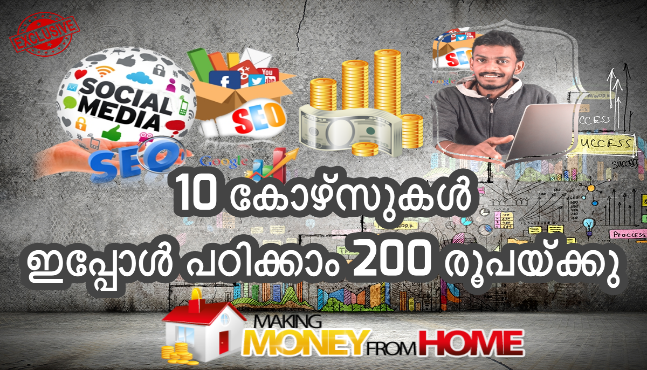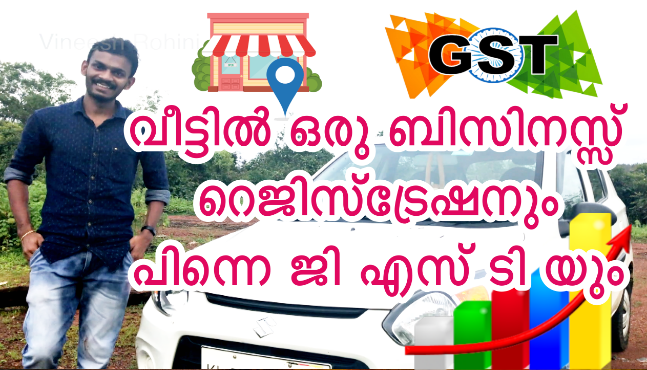SEO Strategies : In today’s digital landscape, Search Engine Optimization (SEO) is no longer optional—it’s a necessity for anyone looking to succeed online. As search engines evolve and competition intensifies, relying on basic SEO tactics such as simple keyword placement and meta tags is no longer sufficient. Businesses, marketers, and content creators must adopt advanced SEO strategies to achieve sustainable organic success in 2025.
Table of Contents
This comprehensive guide dives into the most effective tactics, techniques, and tools to dominate search engine rankings, attract qualified traffic, and convert visitors into customers.
Understanding Advanced SEO

SEO, in its simplest form, is the practice of optimizing websites to rank higher in Search Engine Results Pages (SERPs). Advanced SEO, however, goes far beyond foundational practices. It integrates technical optimization, high-quality content, user experience (UX) improvements, analytics-driven decision-making, and innovative marketing strategies. Unlike basic SEO, which often focuses solely on keywords, advanced SEO prioritizes user intent, engagement metrics, and content relevance.
Advanced SEO ensures that search engines not only index your website properly but also recognize it as a trusted authority in its niche. For 2025, businesses must embrace a holistic SEO approach that combines technical precision, content authority, and audience-focused strategies.
1. Technical SEO: The Foundation of Organic Growth
Technical SEO is the backbone of any successful SEO strategy. Even the most compelling content will struggle to rank without a technically optimized website. Advanced technical SEO focuses on site architecture, speed, crawlability, and security, ensuring both search engines and users can navigate your site efficiently.
a. Website Architecture
A well-structured website allows search engines to crawl and index pages effectively. Implement a hierarchical structure that includes main categories, subcategories, and internal linking. Breadcrumb navigation and XML sitemaps help search engines understand your content hierarchy and improve indexing.
b. Site Speed Optimization
Page speed is a crucial ranking factor. Slow websites increase bounce rates and reduce user engagement. Techniques to optimize speed include:
- Compressing images without quality loss
- Leveraging browser caching
- Minimizing CSS and JavaScript
- Using Content Delivery Networks (CDNs)
Tools like G PageSpeed Insights, GTmetrix, and Pingdom provide actionable recommendations to enhance site performance.
c. Mobile-First Optimization
With mobile-first indexing, G primarily evaluates the mobile version of your website. Ensure responsive design, fast mobile load times, and mobile-friendly navigation to meet ranking standards.
d. Structured Data & Schema Markup
Structured data helps search engines understand content context. Implement JSON-LD schema for articles, products, events, and reviews to enhance visibility in SERPs through rich snippets. Structured data can increase click-through rates (CTR) by making listings more attractive and informative.
Also Read : Trendjacking in 2025 : How to Do It for Your Brand – Comprehensive Guide
2. Advanced On-Page SEO Techniques
On-page SEO ensures that individual pages are optimized for both search engines and users. Beyond basic keyword placement, advanced on-page strategies include optimizing content structure, improving user engagement, and leveraging semantic relevance.
a. Topic Clusters and Pillar Pages
Instead of targeting isolated keywords, create pillar pages that cover broad topics comprehensively and link to cluster content targeting subtopics. This structure improves internal linking, establishes topic authority, and boosts overall SEO performance.
b. Latent Semantic Indexing (LSI) Keywords
Include semantically related keywords naturally throughout your content. LSI keywords help search engines understand content context, improving relevance for long-tail search queries. For example, if the primary keyword is “digital marketing,” LSI keywords could include “content strategy,” “SEO trends,” or “online advertising tips.”
c. Optimizing for Search Intent
User intent is critical in modern SEO. Identify whether queries are:
- Informational: Users seeking knowledge
- Navigational: Users looking for a specific website
- Transactional: Users ready to purchase
- Commercial Investigation: Users comparing products or services
Tailoring content to satisfy intent improves engagement, reduces bounce rates, and signals relevance to search engines.
d. Multimedia Optimization
Images, videos, charts, and infographics enhance content engagement. Optimize multimedia by:
- Adding descriptive alt tags
- Using relevant file names
- Compressing media for faster load times
- Embedding videos that increase dwell time
3. Off-Page SEO and Link Building Strategies
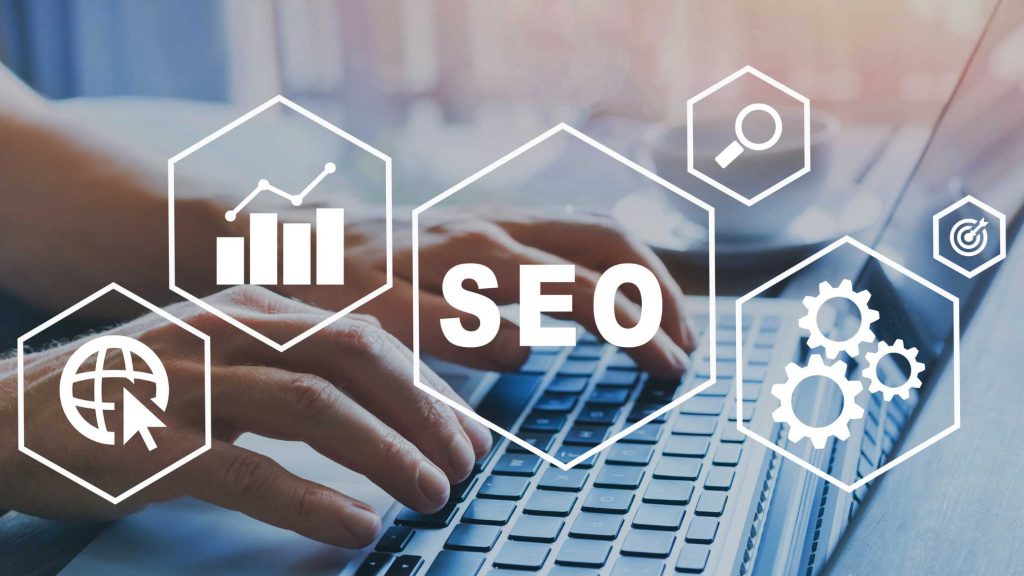
Off-page SEO focuses on building your website’s authority and reputation through external signals. Advanced link-building strategies prioritize quality over quantity, ensuring links are relevant, authoritative, and trustworthy.
a. Quality Backlink Acquisition
High-quality backlinks from industry authority sites remain a cornerstone of SEO. Strategies include:
- Guest blogging on reputable sites
- Collaborating with influencers
- Conducting PR campaigns for brand mentions
b. Broken Link Building
Identify broken links on high-authority websites and offer your content as a replacement. This mutually beneficial strategy improves domain authority while providing value to site owners.
c. Brand Mentions and Social Signals
Even unlinked brand mentions can contribute to your website’s authority. Encourage mentions on blogs, forums, and social platforms. Social media engagement signals can indirectly influence search rankings.
d. Link Reclamation
Monitor references to your content and ensure all mentions include backlinks. Tools like Ahrefs, SEMrush, and Moz can track link opportunities and recover lost links.
4. Content Marketing for Advanced SEO
Content remains the most powerful tool in SEO. Advanced strategies focus on quality, relevance, and user engagement.
a. Comprehensive Long-Form Content
Long-form content (2,000+ words) consistently performs better in SERPs. Cover topics thoroughly, integrate internal links, and include tables, charts, and multimedia to enhance user experience.
b. Topic Authority and E-A-T
G emphasizes E-A-T (Expertise, Authoritativeness, Trustworthiness), especially for YMYL (Your Money, Your Life) niches. Build credibility through:
- Author bios with credentials
- Accurate, referenced content
- Regular content updates
c. Content Repurposing
Repurpose content into multiple formats—blogs, videos, podcasts, infographics, and social posts. This maximizes reach and strengthens SEO signals.
d. User Engagement Metrics
Improve dwell time, click-through rates (CTR), and bounce rates through interactive content, quizzes, or visually appealing layouts. High engagement indicates content relevance to search engines.
5. Advanced Keyword Research Strategies
Keyword research is more than choosing high-volume phrases. Advanced strategies in 2025 include:
a. Semantic Keyword Clusters
Use AI tools like ChatGPT, SEMrush, Ahrefs, and Surfer SEO to identify semantically related keyword clusters and integrate them naturally into content.
b. Competitor Analysis
Analyze competitors’ keywords, backlinks, and content strategies to find gaps and opportunities. This allows you to capitalize on untapped search traffic.
c. Search Intent Mapping
Segment keywords by intent and prioritize high-conversion transactional and commercial investigation keywords to maximize ROI.
d. Voice Search Optimization
Optimize for conversational, natural language queries to capture voice search traffic, increasingly prevalent with smart assistants like Siri, Alexa, and G Assistant.
6. Technical Analytics and SEO Tools
Data-driven SEO ensures continuous improvement and measurable results.
a. G Analytics & Search Console
Track metrics like organic traffic, CTR, impressions, bounce rates, and conversions. Identify underperforming pages and optimize for better results.
b. SEO Auditing Tools
Use Ahrefs, SEMrush, Moz, Screaming Frog, and Sitebulb for detailed technical audits, backlink analysis, and keyword performance tracking.
c. A/B Testing
Test variations of meta titles, headings, and page layouts to see what resonates best with users and search engines.
d. Conversion Rate Optimization (CRO)
SEO’s goal is not only traffic but conversions. Use heatmaps, user behavior analytics, and funnel analysis to enhance ROI.
7. Local SEO and Hyper-Targeted Strategies
Local SEO is essential for businesses with regional audiences. Advanced strategies include:
a. G Business Profile Optimization
Keep your profile accurate, post updates regularly, and encourage positive reviews to improve local visibility.
b. Local Citations
Ensure NAP (Name, Address, Phone) consistency across directories and platforms.
c. Hyperlocal Content
Target local queries with blogs or landing pages mentioning city names, neighborhoods, or local events.
d. Local Link Building
Collaborate with local influencers, bloggers, and businesses to acquire high-quality, geographically relevant backlinks.
8. AI and Automation in SEO
AI is revolutionizing SEO in 2025. Advanced strategies include:
a. AI-Powered Keyword Analysis
AI tools predict trends, identify high-performing keywords, and analyze search patterns.
b. Automated Content Optimization
Optimize headings, meta descriptions, and keyword density at scale with AI tools.
c. Predictive Analytics
Use AI to forecast traffic trends, user behavior, and content performance, enabling proactive SEO strategies.
d. ChatGPT and Generative AI
Generate ideas, meta descriptions, FAQs, and internal link suggestions to streamline SEO workflows.
Buy Now : AIOSEO – All in One SEO Plugin For WordPress
9. Voice Search and Mobile-First SEO
Voice search is growing rapidly. Optimizing for it involves:
a. Conversational Keywords
Target natural language queries and question-based keywords.
b. Featured Snippets Optimization
Structure content to answer questions concisely for position zero opportunities.
c. Mobile UX Focus
Ensure fast mobile load times, readable content, and intuitive navigation.
10. Measuring SEO Success
Effective SEO requires constant monitoring. Track these KPIs:
- Organic traffic growth
- Keyword rankings
- Bounce rate and dwell time
- Conversion rates
- Backlink quality and quantity
- Page speed and Core Web Vitals
Regular reporting allows refinement of strategies and ensures long-term organic growth.
Conclusion

Advanced SEO in 2025 demands a holistic, multi-dimensional approach. Combining technical precision, high-quality content, semantic keyword strategies, and data-driven decision-making is essential. Businesses and marketers who adopt these advanced strategies will see sustainable organic growth, higher engagement, and better conversions. SEO is not a one-time task—it requires ongoing adaptation, monitoring, and innovation. By implementing these advanced techniques, you can dominate SERPs, outperform competitors, and achieve lasting online success.
Disclaimer
The information provided in this blog is for educational purposes only. Results may vary depending on industry, competition, website quality, and algorithm changes. Implementing these strategies does not guarantee specific outcomes. Always combine professional advice with personal research and testing.
Keywords : SEO Strategies – SEO Strategies 2025 – SEO Strategies! 2025
